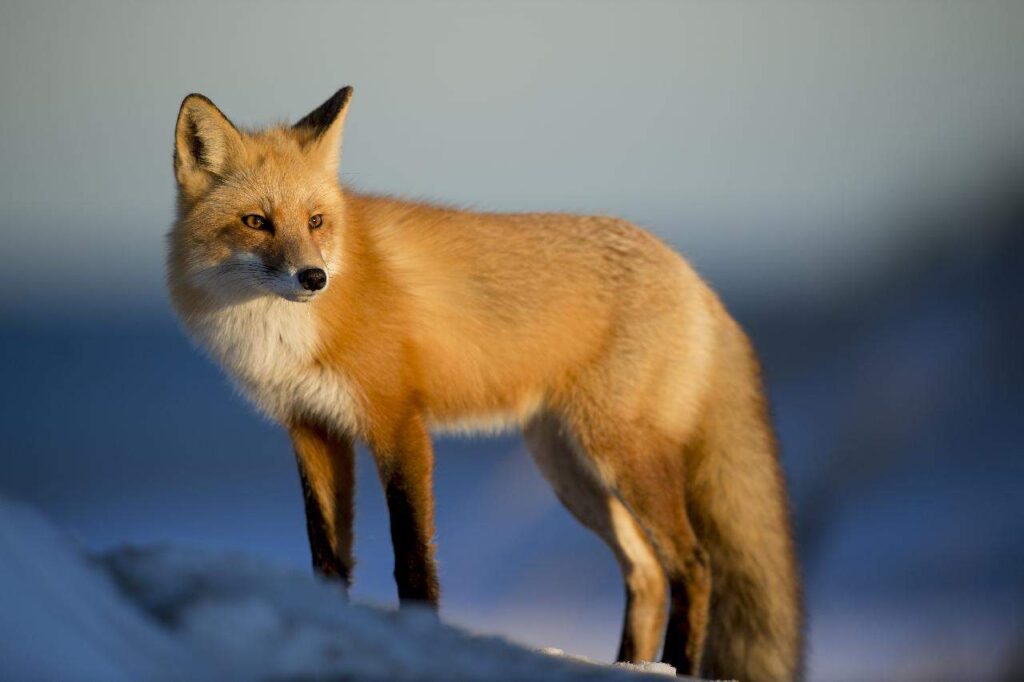
Both foxes and raccoons can be found in the wild and urban environments all over North America and other countries worldwide. I have often wondered what some of their similarities might be and how they might differ. It turns out there is lots of information on the topic, so what differences and similarities are there between foxes and raccoons?
Foxes are nocturnal, social creatures; fur color ranges from white, red, orange, and black to silver, with bushy tails. Raccoons are nocturnal, antisocial creatures with a mixture of brown, grey, and black fur, striped tail with mask-like markings around their eyes. Both animals are omnivorous.
Foxes and raccoons share some fundamental differences and some interesting similarities. There are many other aspects of these animals’ lives that might be just as interesting, so let’s take a closer look at foxes vs. raccoons.
Table of Contents
- Fox vs. Raccoon: What are the Physical Differences?
- Fox vs. Raccoon: What are the Differences in Size?
- Fox vs. Raccoons: How Do their Habitats Differ?
- Fox vs. Raccoon: How Do their Diets Differ?
- Fox vs. Raccoon: What are their Different Habits?
- Fox vs. Raccoon: How Do they Raise their Young?
- Conclusion
Fox vs. Raccoon: What are the Physical Differences?

Foxes have triangular snouts, flattened skulls, and fluffy tails. Their fur comes in many colors; for example, the Arctic fox is either white or blue morph, changing color with the seasons. The white morph is gray or brown in the summer months, turning white to match the snow in winter.
The blue morph is brown or dark grey all year long.
Red foxes are considered the most common fox, coming in many colors, including black, silver, and orange or a mixture of all three. Humans have also bred foxes to get the color variations they want in their fur, including white with black or grey streaks, red and black patches, and pink noses with peachy-white fur.
The raccoon’s most characteristic feature is their face mask, black fur covering their eyes. These markings have been hypothesized to help them see in the dark, reducing glare and enhancing their night … Read the rest of the story.
No comments:
Post a Comment